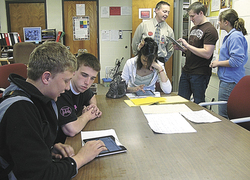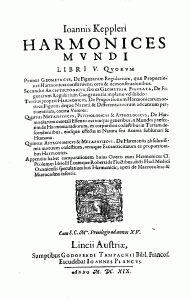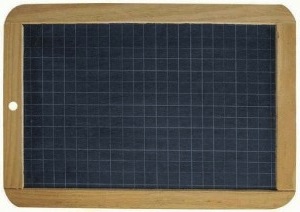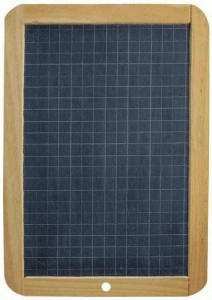
Do you remember the era of the writing slate? Maybe your Grandma does. Paper was too expensive and too rare to be used in schools. Well, that changed over time and everyone who left school in the last 50 years should be aware of the amount of paper used in classrooms. While it’s hard to say that all paper is wasted, every single school can certainly cut down on the volume. Much of the paper that is carried home in students’ backpacks ends up unread in the recycle bin.
Now comes the iPad and with it new ways of thinking about paperless schools. One example is the purchase of 320 iPads in one Minnesota high school. The school district allocated $267,748 to its technology fund to become what is believed to be the first school in the country to have the devices at a cost of $479 each. The money will be used to buy 320 iPads with extended, two-year warranties for students and staff, create Wi-Fi infrastructure and provide staff training. According to an article on NUjournal.com Students like using iPads in school.
“One of the first things we have to do is determine what iPad applications best fit classroom curriculum.” said High School Principal Jeff Bertrang. “Students won’t have to buy $100 calculators anymore either,” he added. Imagine the paper savings over time, not to mention the cost savings as textbooks will be digitized in future.









